Electric power grids could be the future of energy, and the savior of the planet
The question on the top of nearly everyone’s mind — from politicians, to environmentalists, to engineers, to your next-door neighbor — is how the world can slow down the effects of global warming.

And, from an energy creation standpoint, clean electric grids could be the answer.
With the crisis seemingly growing worse and worse, state and federal agencies have been scrambling to develop ways to keep energy flowing without harming the environment.
The state of Washington has been one of the first to join the clean energy club, passing the Clean Energy Transformation Act in 2019 — committing the Evergreen State to carbon neutrality by 2045.
The transformation will be a gradual one. The state has said that, beginning in 2030, only 20% of the energy it produces will be allowed to come from sources that emit carbon.
Washington is also requiring that any natural gas released must be offset with a separate emission-reducing action.

Clearly, the state means business, and it is part of a greater move towards greener energy run by clean electric grids.
No Easy Feat
The transition to clean isn’t going to be one without its fair share of roadblocks. A similar attempt to go green in California has led to grid instability and forced the state to allow gas and diesel generators to continue to operate.
George Caan, executive director of the Washington Public Utility Districts Association, told the Washington State Wire that utility companies in the state are focusing on reliability, affordability, and clean energy.
“Over time, there has been an increase in the desire for cleaner energy,” Caan said.

Solar and wind are becoming increasingly popular ways to create cleaner energy. However, while the benefits of wind farms and solar panels are clear, they aren’t always the most reliable methods of energy creation.
Solar energy can’t be created if the sun decides not to shine, for example, and, without wind, turbines can’t do their job, either.
Fuel-burning and nuclear plants, meanwhile, can operate under any conditions, so going away from those methods can be a hard sell for those less keen on making sacrifices to go green.
And that’s a problem. But, once again, electric grids could be the solution.
A Growing World
Population growth and a booming interest in electric vehicles is also helping fuel an increased desire — and need — for day-to-day access to electricity.
Combined with the growing concern of global warming, the move to electric could likely be met with open arms.
The next question to solve is how electric grids can be built and efficiently maintained to produce and store more energy needed to power a growing world.
Some ideas that have been thrown around include alternative technologies such as battery storage, or by simply increasing the energy efficiency in buildings themselves.
While these methods could help, they likely wouldn’t move the needle enough to make a significant difference in the long term, says Caan.

“Those are solutions, but they’re not full-borne solutions,” Caan told Washington State Wire. “You either have to build generation or build transmission to bring generation.”
Being able to build transmission lines could help energy move more freely across different regions, while acting as a buffer for clean sources such as wind and solar.
If a wind farm is underproducing, for example, transmission lines could be built to supplement and send the energy that would have otherwise been produced for another area.
Perhaps the main roadblock to transmission lines would be navigating the country’s sometimes-rugged landscape. Building transmission lines through the Cascades or the Rocky Mountains could be a burden too much to bear, for example.
Despite these challenges, Fred Huette, senior policy associate with the NW Energy Coalition, said states in the Pacific Northwest will likely need to build out transmission lines to achieve their long-term energy goals.
“Those projects are kind of out there already, but then the question is, ‘How much more do we need, and where?’” Huette told Washington State Wire.
Huette says he expects it could take between six and 15 years to finish a transmission project due to environmental and communal challenges.

Acting In Harmony
Regardless of how arduous a process it may be to get energy projects up and running, the reality is that coal and fuel power is on its way out.
While that means bad news — and business — for coal and fuel-powered plants, it does free up more resources and transmission capacity for other, more renewable, forms of energy creation.
Natural gas is one energy source that appears to be stepping up to fill in, and, since it only creates roughly half of the emissions as coal, it could be good that it is.
There are downsides, however. Natural gas can be used to supplement coal instead of outright replacing it, and the means to acquiring it — such as fracking — can be hazardous to the environment.

While supplementing coal is neither ideal nor sustainable, it does allude to the idea that we can achieve greater energy success by having different energy generators act in coordination.
The NW Energy Coalition calls this the “harmonious grid,” and the basic concept is that different systems are able to coordinate generation and distribution of energy all the way down to consumers themselves.
Power companies and policymakers would have to overcome some challenges to make this work, including having to figure out where to place transmission lines in populated areas.
With enough cooperation, however, the “harmonious grid” could create a grid that is stable and more efficient since there would be more energy sources to work off, says Huette.
“We have the technologies and we have the ability to shift away from polluting resources and greenhouse gas emitting resources,” Huette told Washington State Wire. “We have a lot more resources out there that can be pulled into the system, but we have to be intentional about it.”
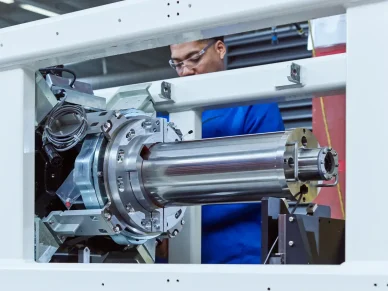
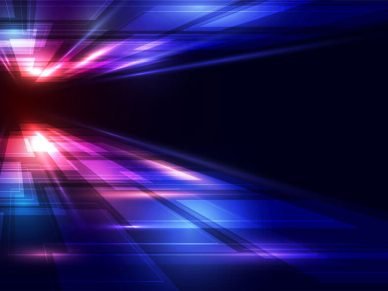
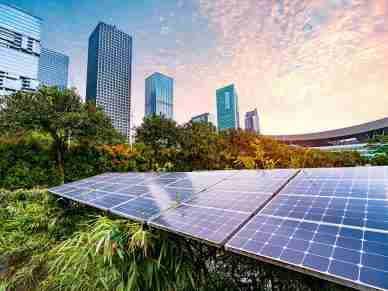

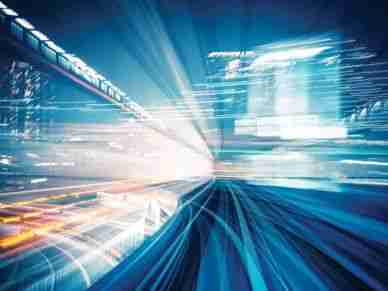
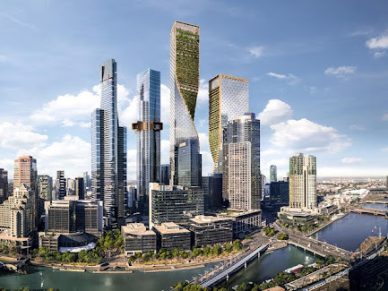
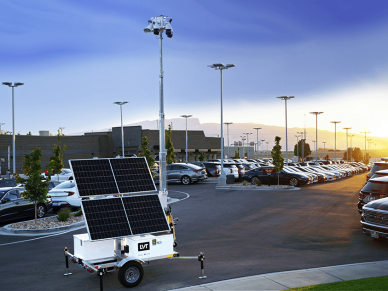


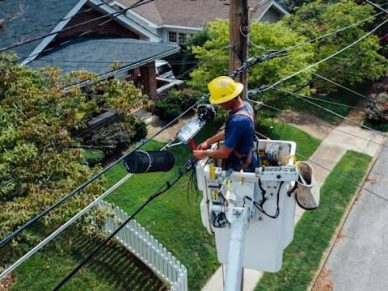






Leave a Reply